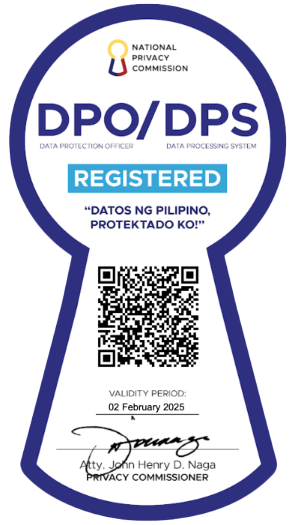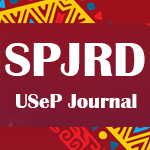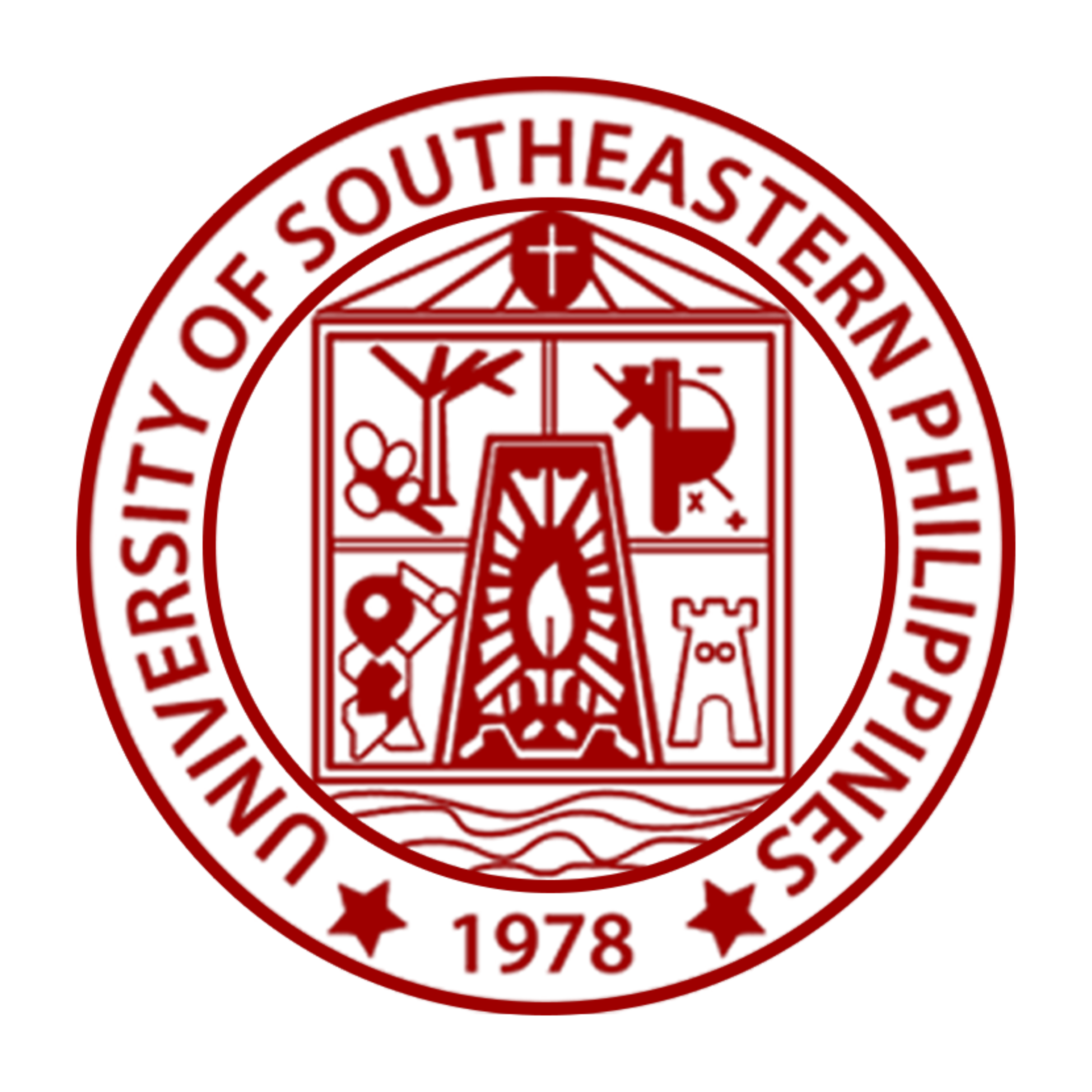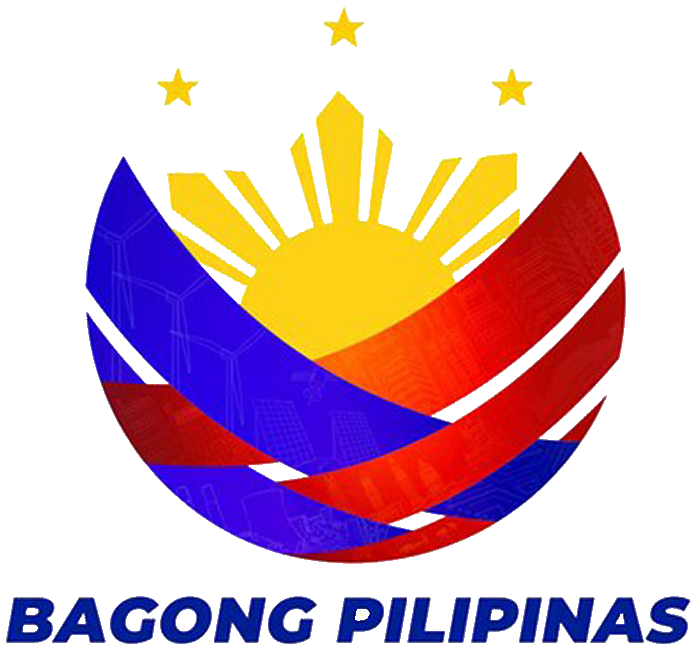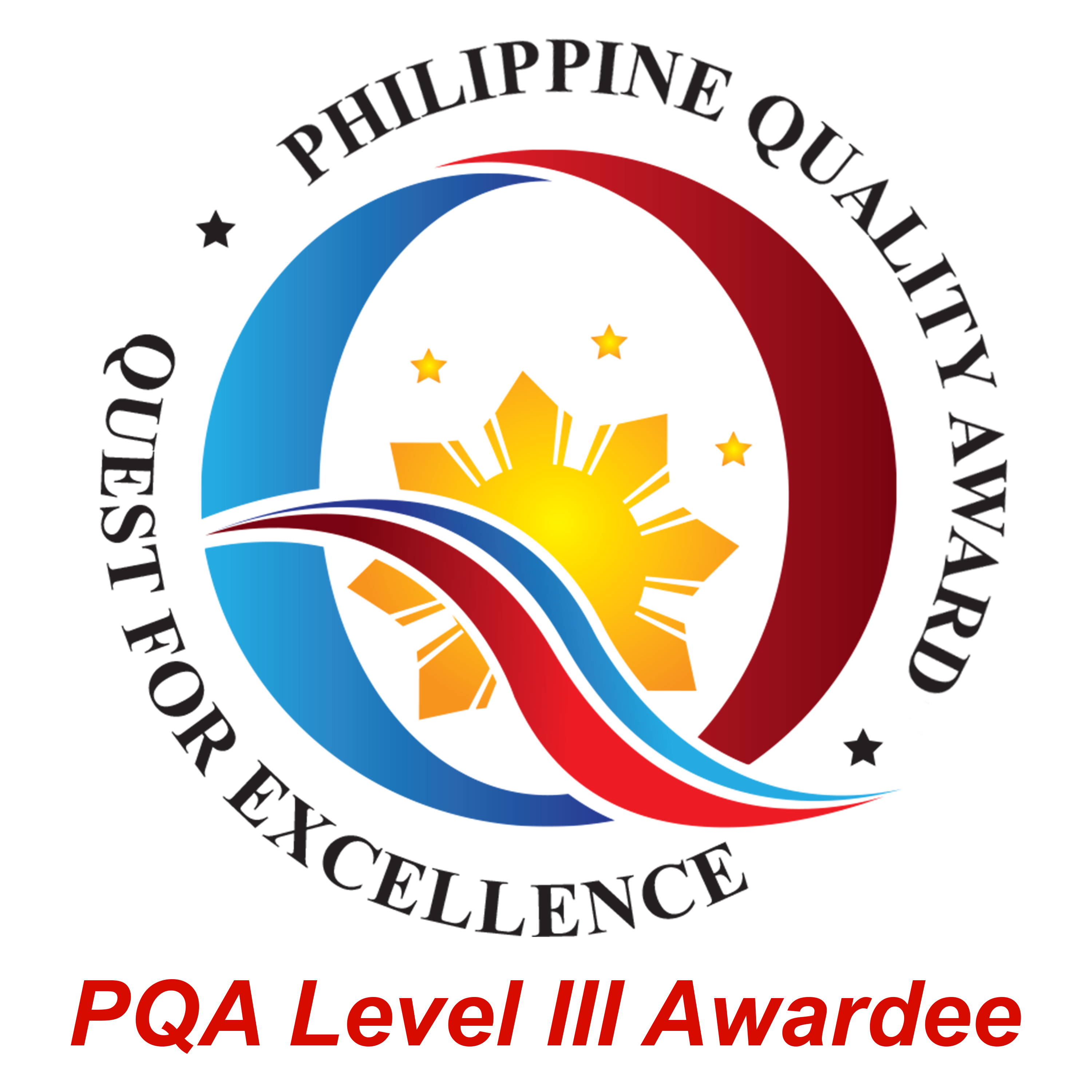About UAC
The University of Southeastern Philippines as one of the State Universities and prestige schools in Mindanao, it undergoes accreditation on its different colleges. In partnership with the Accrediting Agency of Chartered Colleges and Universities in the Philippines (AACCUP) which they will be the one who will evaluate the College that applied for higher level.
The University of Southeastern Philippines as one of the State Universities and prestige schools in Mindanao, it undergoes accreditation on its different colleges. In partnership with the Accrediting Agency of Chartered Colleges and Universities in the Philippines (AACCUP) which they will be the one who will evaluate the College that applied for higher level.
The Program of Accreditation
A. What is Accreditation?
Accreditation is viewed as a process by which an institution at the tertiary level evaluates its educational activities, in whole or in part, and seeks an independent judgment to confirm that it substantially achieves its objectives, and is generally equal in quality to comparable institutions.
(http://www.aaccupqa.org.ph/Accreditation.html)
B. Program as the unit of assessment
Currently, accreditation in state colleges and universities is by program. A program is defined as a course or a group of related courses packaged in a curriculum and leading to a graduate or undergraduate degree. Examples of programs are elementary teacher education, civil engineering, agriculture, etc.
(http://www.aaccupqa.org.ph/Accreditation.html)
C. Other Attributes
Aside from being program-focused, accreditation is:
1. based on standards of the accrediting agency, which are normally higher than those set by the Commission on Higher Education (CHED) and other appropriate agencies, e.g.Professional Regulation Commission (PRC).;
2. voluntary on the part of the higher education institution that may want to be accredited;
3. an evaluation by peers, i. e. the external accreditors are mostly faculty members from other higher education institutions; and
4. non-governmental. (http://www.aaccupqa.org.ph/Accreditation.html)
The Conduct of Accreditation
A. Stages of Accreditation
The accreditation process passes through different stages/activities:
1. Application
an educational institution files its application to undergo accreditation with AACCUP.
2. Institutional Self-Survey
upon approval of the application, the applicant institution will be required to make an internalassessment by its internal accreditors to determine the program’s readiness for external review.
3. Preliminary Survey Visit
the evaluation of the program for the first time by external accreditors. Passing the assessmententitles the program to be awarded a Candidate status valid for two (2) years
4. 1st (Formal) Survey Visit
the evaluation of the program which has attained Candidate status, and if it has attained ahigher level of quality, is awarded a Level I Accredited status, good for three (3) years.
5. 2ND Survey Visit
involves the evaluation of an accredited program, and if it has passed the standards set at ahigher level of quality than the immediately preceding survey visit, may qualify the program toan award of Level II Re-accredited status, good for five (5) years.
6. 3rd Survey Visit
the accreditation stage conducted after a program has enjoyed a Level II Re-accredited statusfor five (5) years. Passing a higher level standard of quality entitles the program to apply forLevel III. The program is then evaluated and must excel in four (4) areas, namely: 1) instruction and 2) extension, which are mandatory; and two (2) more areas to be chosen from among research, performance in licensure examination, faculty development, and linkages.
7. 4TH Survey Visit
is a higher level which if hurdled, may entitle the institution to an institutional accreditation status.
B. Criteria Used
There are ten (10) criteria (areas) that are used in the assessment of programs:
1. Mission, goals and objectives
2. Faculty
3. Curriculum and Instruction
4. Students
5. Research
6. Extension and Community Involvement
7. Library
8. Physical Facilities
9. Laboratories
10. Administration
C. Accreditation Instruments
The evaluation instrument (aide memoire) which uses the 10 criteria described above is the working guide of the Accreditor. Starting with instruments for five (5) programs in 1992; then to ten (10) programs in 1994; there are now thirty-four (34) instruments which have undergone revision for the first time in year 2000. These instruments were updated in 2003, 2005 and 2010. The instruments for the following programs are available:
1. Accountancy
2. Agribusiness
3. Agricultural Engineering
4. Agricultural Technology
5. Agriculture
6. Agroforestry
7. Architecture
8. Biology
9. Business & Management Educ.
10. Chemistry
11. Civil Engineering
12. Computer Engjneering
13. Criminology
14. Electrical Engineering
15. Electronics & Comm. Engineering
16. Entrepreneurship
17. Environmental Science
18. Fisheries
19. Food Technology
20. Forestry
21. Graduate Education
22. Graduate Teacher Education
23. Hotel and Restaurant/Tourism/Hospitality/Travel Management
24. Information Technology Education
25. Library & Information Science
26. Mathematics/Applied Mathematics
27. Maritime Education
28. Mechanical Engineering
29. Nursing
30. Nutrition & Dietetics
31. Office Administration
32. Physics/Applied Physics
33. Undergraduate Teacher Education
34. Veterinary Medicine
Benefits of Accreditation
A. Programs that have passed the standards, and are awarded accreditation status:
1. lend prestige to member institutions, justified by the possession of quality standards and unremitting efforts to maintain them at high level;
2. help parents to know which program they may send their children to for quality education;
3. make all those engaged in education aware of standards of excellence which they should strive to attain;
4. make possible for those proposing funding and those who are to fund, to know what to support and how much support is needed; and
5. make possible for an evaluated program to know its strength and weaknesses, and in what aspects it needs to develop.
B. Accreditation has also been used as a criterion in administrative decision-making in a variety of ways:
1. applicants for teaching in the Department of Education (DepEd) who are graduates of accredited programs are granted credit points;
2. used as a criterion in the leveling of State Universities and Colleges (SUCs);
3. used as a criterion in the selection of schools for foreign students;
4. some agencies consult AACCUP about the accreditation status of colleges and universities attended by their employees for purposes of promotion; and
5. sometimes foreign universities consult AACCUP regarding the accreditation status of programs attended by Filipino students seeking admission.
C. In view of the failure of CHED Order No. 31 to provide benefits to SUCs, AACCUP has taken cognizance of the following potential incentives to be granted to accredited programs/institutions:
1. as a rational basis for budgetary requests;
2. for normative financing;
3. as a factor in the selection of Center of Excellence (COEs) and Center of Development (CODs);
4. for SUCs leveling;
5. as a requirement for the conversion of a college to a university;
6. as a factor in assessing the appointment/transfer of an SUC President; and
7. for matching-fund schemes where requirements for accreditation are matched with funds from CHED.


